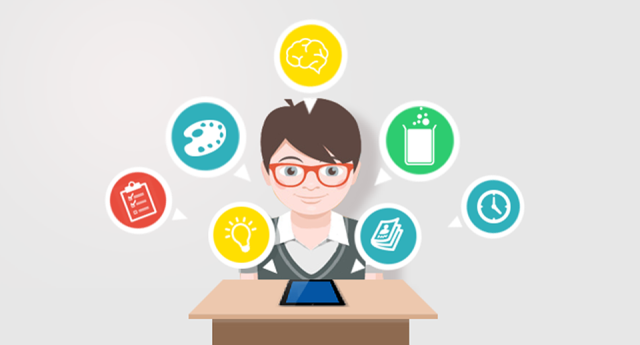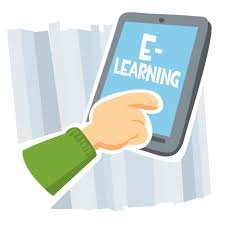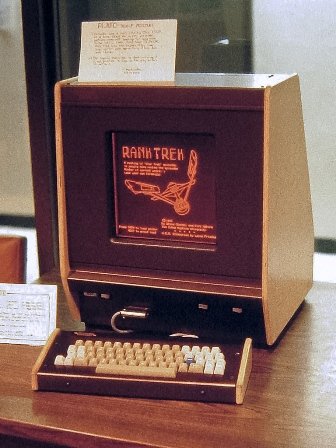
Introduction
Information and Communication Technology (ICT) has been perceived to be the main strategy behind ever changes in modernization and globalization, for instance, the recent introduction of decentralization has brought about cryptocurrency and blockchain, making our money secure and transparent with no third party involved, especially when making transactions.
Artificial Intelligence is driving us to our desire places with no driver involved, likewise, the application of internet technology is changing the way we interact and relate with friends, colleagues and family members and that same technology is transforming our educational sector.
Just like internet technology, which is bridging the wider gap between us and our friends, relatives and colleagues, there have been many attempts in the past to eliminate or reduce the direct interaction of the educators from the educational processes, thereby bridging the wider gap between the knowledge and the students.
Diving into Subject Matter
Electronic Learning popularly known as E-Learning can simply be defined as a means of applying the power of computer and internet technology to drive the education domain.

As against the old perception that E-Learning did not have human element it takes to pivot the affair of tutoring students, there is no doubt that it is widely accepted and used nowadays making education easy and accessible to many people both in urban and rural areas provided they have a working computing system and reliable internet connection.
To have a clear perception and a complete understanding of E-Learning, it is very important to look at the history and technological transformation of E-Learning system.
PRE-INTERNET ERA

PLATO was one of the greatest computer network and the first computer-assisted electronic learning before the introduction of the internet. It was invented in 1960 by Donald Bitzer, a professor of electrical engineering at the University of Illinois Urbana-Champaign (UIUC).
It was created to teach preliminary courses at the universities and local schools, offering courses like chemistry, music, education, primary mathematics. e.t.c.
PLATO has an enormous number of platforms and features for knowledge dissemination, an example is a prompt message used to respond to alternative answers, the technological advancement led to the development of several versions of PLATO between 1960-1980.
Many tutors and students from other universities both public and private institutions like, Florida State University, Indiana University and the University of Delaware were recorded to have used PLATO. The experience offered to the students, especially alumni of the University of Illinois School of Music PLATO Project constituted to their influential position in academics settings.
The 1980's and The INTERNET ERA

Computer Assisted Instruction (CAI) was introduced in 1980's and served as the most popular E-Learning system after PLATO, it was designed to serves as a training program to train students on how to use computer programs. A typical example of this program is the help dialogue button in Microsoft office applications which assist the users by providing various solutions to different problems which one might encounter while using Microsoft office application packages.
The widespread of the computer in 1980 and the later invention of internet technology, laptops, mobile phones, androids, mobile applications, web applications, tablets, modem, data cables, e.t.c. increased the power, reliability, affordability and number of people relying on E-learning, people now have direct access to their personal systems and mobile phones, thereby making it easy for them to learn several programs, either being installed on their systems, phones or hosted on a server and thus require a good internet connection in order to be accessed.
Floppy disc, CD-ROM, DVD-ROM, application packages, computer-based test, online courses, powerpoint presentation, e.t.c are all among the tools used to pivot the affairs up to date.
Although, Computer Based Test (CBT) has been recognized to be the first technology to have been associated with the term E-Learning, People now have access to write an examination through the platform with no or less monitoring.
TYPES OF E-LEARNING
Many people have classified E-Learning into various forms but I want to summarize them into three:
- Data Driven
- Asynchronous
- Synchronous
Data Driven: Classifying E-Learning using data-driven considers the type of data used to carry out E-Learning process. Basically, data-driven can be grouped into three, namely:
Text data: Just like the name indicates, the text made up of the contents of the e-Learning, students will be able to read the text through the graphical interface, the response might be required from the users and it will be taken back through the text. the little image may be added in order to make it attractive and easy to read. CAI, e-book and the early E-Learning made use of this type of data-driven.
Image data: Just like text data, image data makes use of more images and less text to form the contents of the e-Learning, students will be able to read and digest the knowledge through the images, an application like power point presentation falls into this category.
Audio/video: the contents is made up of video and audio, a typical example of this is: Youtube, ted.com. e.t.c
Synchronous: This is the type of E-Learning where users interact directly with the instructor using the web application, example include: chat application like facebook, what's app, chat, which can be text, audio and video conferencing.
ASynchronous: This does not require any tutors. users can interact and submit their response at their own pace, examples of this type include computer-based test, CD-Rom, DVD ROM e.t.c.
Conclusion
The importance of E-Learning in academics settings can never be overlooked, although many did not believe and accept to use it in the onset, claiming that E-Learning did not have human element it takes to pivot the affair of tutoring students. Today's technology has changed everything by adding all it takes to pivot the idea into full reality as it was proposed in Suppes, 1964; 1966
in the future it would be possible for all students to have access to the service of a personal tutor in the same way that ancient royals were once served by individual tutors, but that this time the tutors would be in the form of a computer. source
Thanks for reading through, your thoughts are important.
Until my next post,
keep on sending zeroes and ones.
References
- Terry T. Kidd (2010) 'A Brief History of eLearning' Texas A&M University, USA
- PLATO (computer system)
- PLATO COMPUTER-BASED EDUCATION SYSTEM
- The Greatest Computer Network You’ve Never Heard Of
- Types of e-Learning
- Tapio Varis (2005). "The future of eLearning. A Short History of eLearning and a Look into the Future of Computer Mediated Learning". New Media, Communication and Peace in a Global Knowledge Society”
All images are from free source websites (Pixabay, Flickr and Wikimedia)
If you write STEM (Science, Technology, Engineering, and Mathematics) related posts, consider joining #steemSTEM on discord here. If you are from Nigeria, you may want to include the #stemng tag in your post. You can visit this blog by @stemng for more details. You can also check this blog post by @steemstem here and this guideline here for help on how to be a member of @steemstem. Please also check this blog post from @steemstem on the proper use of images devoid of copyright issues here.

well contented article always, thanks @noble-noah. E-learning has revolutionize the teaching and learning world.
power of tech.
Exactly @horpey, through steemstem alone, I have gained a lot of experience and valuable knowledge. Thanks for the nice comment. I appreciate!
Hi @noble-noah!
Your post was upvoted by utopian.io in cooperation with steemstem - supporting knowledge, innovation and technological advancement on the Steem Blockchain.
Contribute to Open Source with utopian.io
Learn how to contribute on our website and join the new open source economy.
Want to chat? Join the Utopian Community on Discord https://discord.gg/h52nFrV
to a good extent, i guess we can consider steemit cum steemstem as a part of e-learning. I have really learnt a whole lot on this platform.
I agree with you @rharphelle. This platform is truly an e-learning platform.
of course, @rharphelle !
The world will soon become a place where individual student will have access to everything even before the teacher know what to teach them. Thanks for taking us through the history class from PLATO to this new system we are using now. well done @noble-noah
It has already become that @steep2308. Nice to hear from you.
Yes I agree with you @noble-noah
CBT has help to reduce examination malpractice drastically, I look forward to the time when the WAEC, NECO and the like will be conducted using CBT.
Of course, It is just a matter of time. Nice to read your beautiful thought.